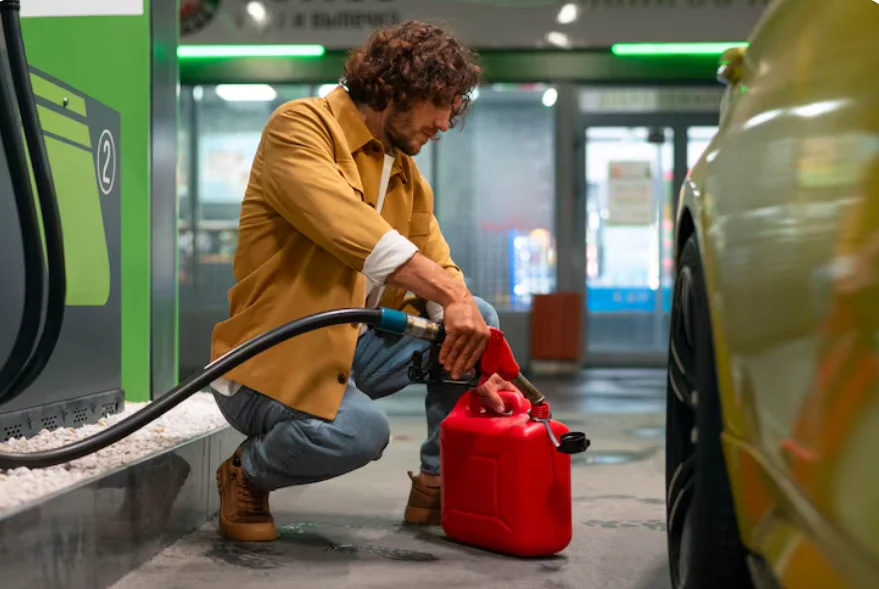What Steps Can You Take To Increase Your Vehicle’s Trade-In Value?

Trading in a vehicle can be a great way to reduce the cost of purchasing a new one. However, getting the best trade-in value requires some effort and planning. Here are several steps that can help maximize the trade-in value of your vehicle.
1. Clean and Detail Your Vehicle
First impressions matter. A clean and well-maintained vehicle attracts more interest and better offers. Before visiting a dealership to buy a new Subaru for sale, wash and wax the exterior and thoroughly clean the interior of your trade-in.
Remove all personal items and vacuum the seats and carpets. Pay attention to small details like cleaning the windows and wiping down the dashboard. A professional detailing service can also enhance your vehicle’s appearance.
2. Minor Repairs
Small issues can significantly affect your vehicle’s trade-in value. Address minor repairs such as replacing burned-out bulbs, fixing small dents and repairing any scratches.
If the tires are worn out, consider replacing them. Ensure that all lights, signals and windshield wipers work properly. Making these minor fixes can make your vehicle appear well-maintained and ready for the next owner.
3. Gather Maintenance Records
Dealerships and buyers appreciate a well-documented maintenance history. Gather all receipts and records of oil changes, tire rotations and other routine maintenance. These records show that the vehicle has been regularly serviced and cared for, which can increase its value. This documentation is even more important if the vehicle is still under warranty.
4. Know Your Vehicle’s Value
Before visiting a dealership, research your vehicle’s current market value. Online evaluation tools and websites can provide an estimate based on the vehicle’s make, model, year, mileage and condition.
Having a clear understanding of your vehicle’s value helps in negotiating a fair trade-in offer. Be realistic about the condition of your vehicle and compare similar vehicles in the market.
5. Get Multiple Quotes
Don’t settle for the first trade-in offer you get. Visit several dealerships to get multiple quotes. This allows you to compare offers and choose the best one. Even if you prefer one dealership, having quotes from others can give you leverage in negotiations. Some dealerships might match or even beat competitors’ offers to earn your business.
6. Time Your Trade-In
The timing of your trade-in can affect its value. The demand for certain types of vehicles fluctuates throughout the year. For example, convertibles and sports cars are in higher demand during the spring and summer months, while SUVs and trucks may fetch higher prices in the fall and winter. Understanding these trends can help you trade in your vehicle when it’s most valuable.
7. Be Honest About Your Vehicle’s Condition
Accurately describe the condition of your vehicle to avoid surprises during the inspection. Dealerships appreciate transparency and may offer a better deal if they trust the information provided. Attempting to hide issues will likely result in a lower offer or even the rejection of your trade-in.
Increasing your vehicle’s trade-in value involves preparation and attention to detail. By following these steps, you can ensure a smoother and more profitable trade-in process.

How to Plan a Last-Minute Holiday Trip with Instant Loan Support

Turning Cash Flow Into Confidence

Sales Forecasting as a Growth Lever: How Modern Sales Forecast Software Offers Revenue Intelligence to Accelerate What Matters

How to Plan a Last-Minute Holiday Trip with Instant Loan Support

How Cloud Storage Really Works, and the Mistakes That Cost Users Data

How Regular Truck Servicing Can Effectively Address Common Truck Issues

Modern Cars Demand Modern Care: Why Traditional Methods Are Failing Chicago Drivers

In-Depth Analysis and Trend Insights of the Four Major Automotive Manufacturing Processes in 2025








